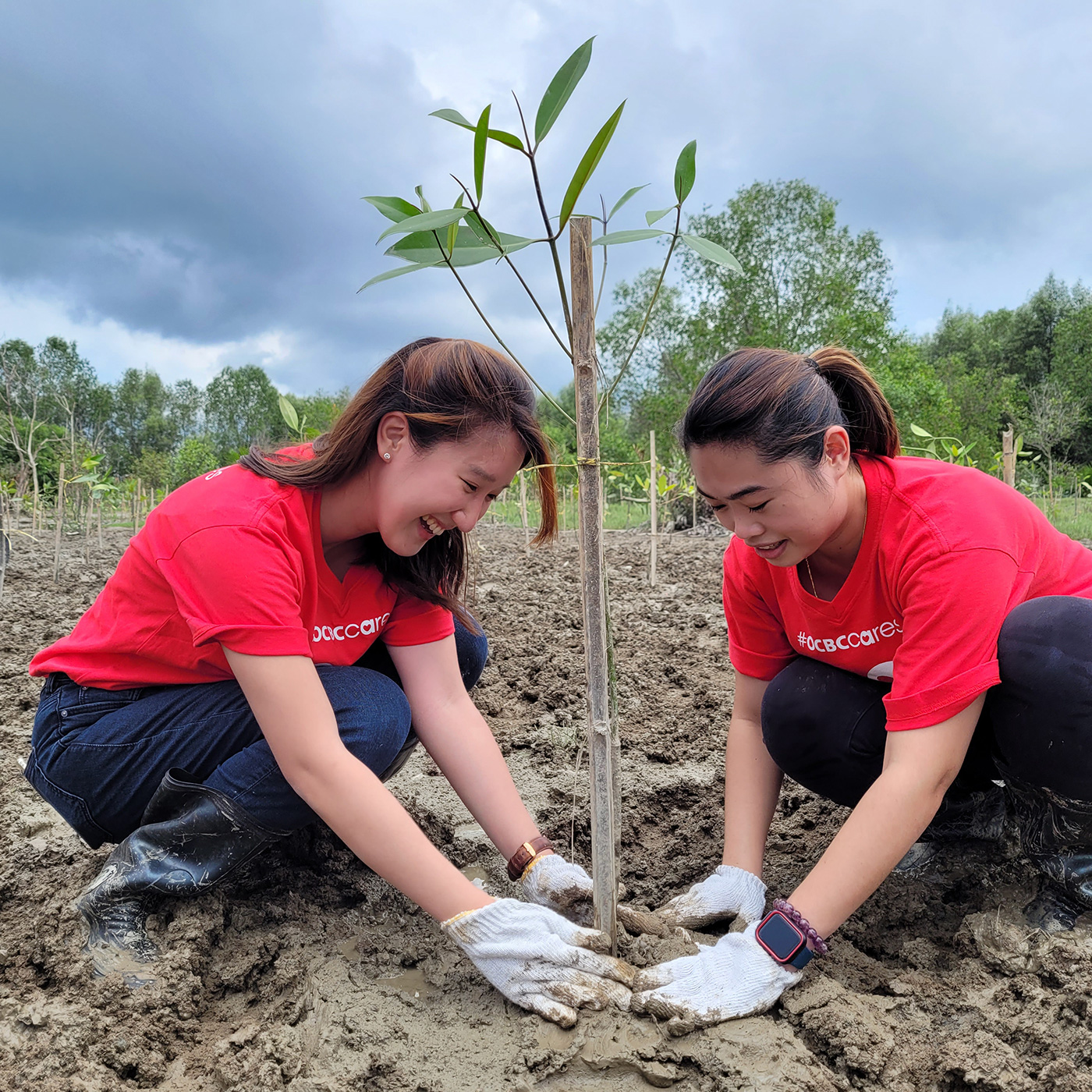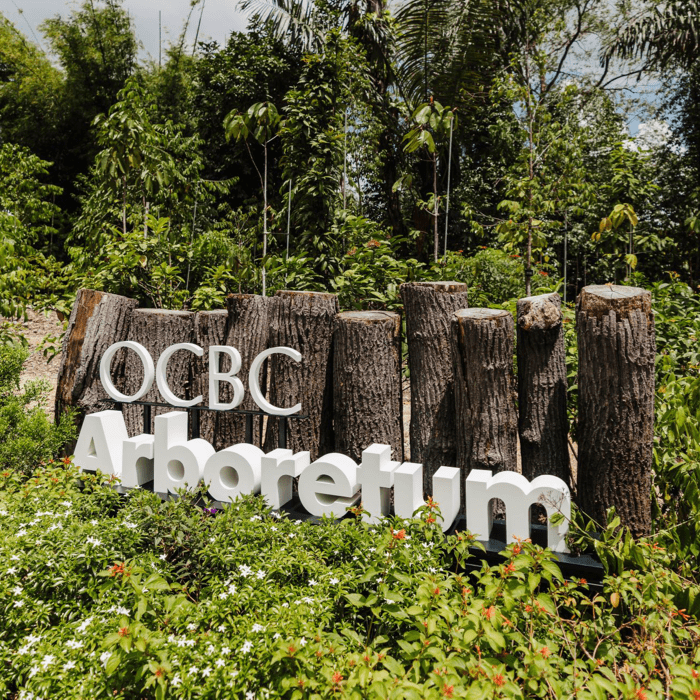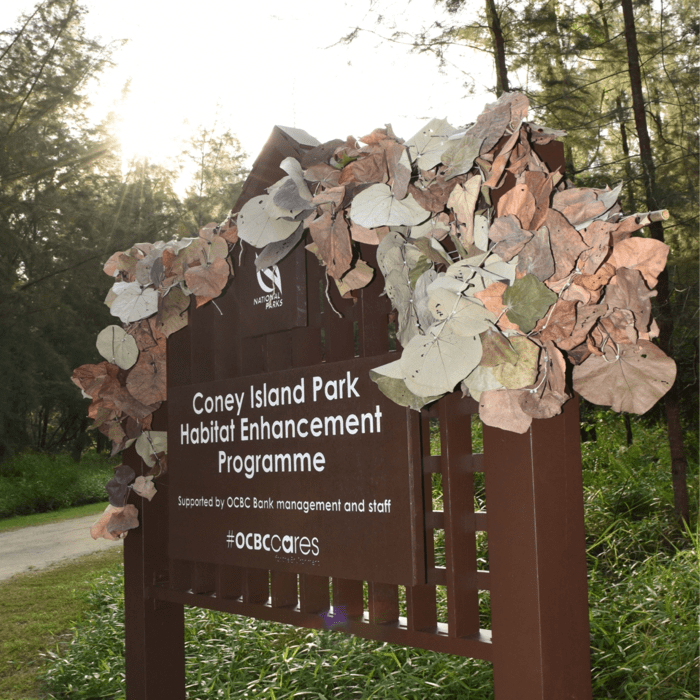The best way to save the future is to heal the present. That’s why we focus on reforestation projects in Singapore like OCBC Mangrove Park at Pulau Ubin, Habitat Enhancement Programme at Coney Island, OCBC Arboretum at the Singapore Botanic Gardens, and regional tree-planting projects like the mangrove project at Tebuk Mendeleng (Malaysia), and Dongtan Wetland Park on Chongming Island (China). These trees will absorb more than 111 million kg of CO₂ in their lifetimes across the region.
We can build a better world when we do our part – for now and beyond.




